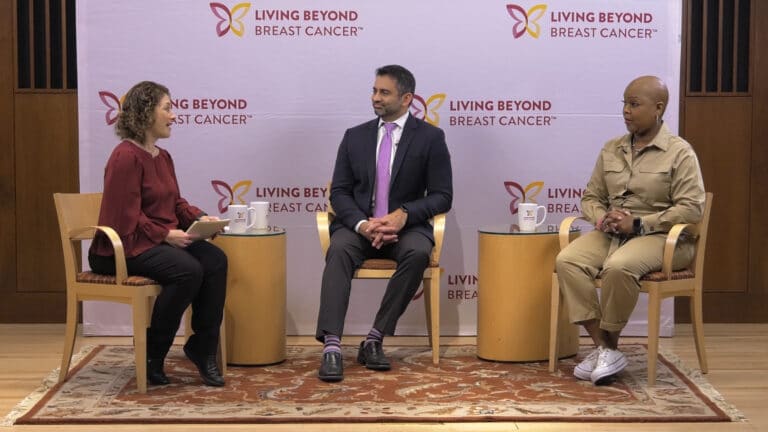PoRtfolio
Tulane University
VirTUal Symphony
Project Details
Client
Tulane University
Industry
Higher Education
Tulane University is a private research university in New Orleans, Louisiana. Founded as the Medical College of Louisiana in 1834 by seven young medical doctors, it turned into a comprehensive public university as the University of Louisiana by the state legislature in 1847. The institution became private under the endowments of Paul Tulane and Josephine Louise Newcomb in 1884 and 1887. Tulane is the 9th oldest private university in the Association of American Universities.
About the Project
Challenges & Solution
When the entire world shutdown in the spring of 2020, one thing that took the world by storm was virtual ensembles. Virtual ensembles are performed by individual people recording their own performance to the same click track or example track as everyone else in the group. Then, each individual performance is layered and mixed together resulting in the sound and appearance of a full concert performance.
Our virtual relationship with Tulane University, New Orleans began when the marching band was asked to perform the Alma Mater as part of the university’s virtual commencement ceremony. Talks began when the ceremony was only a month away, not leaving much time to onboard, sync, and edit a performance.
Naturally Skynine pushed the bar to make the challenge much more difficult by pitching Tulane on a full 3-D modeled stage production, complete with virtual moving cameras and lighting. We had mocked up this concept in a similar fashion with Kutztown University’s drumline on a much smaller scale, so we simply needed to apply the same approach scaled up for a larger group.
The key to executing the project was being able to quickly and easily obtain, organize, and synchronize all of the individual performances to quickly prep them for mixing and animation. To do this, we created a custom animated “explainer” style video which provided the same instructions and play along track to every performer. This helped ensure the videos that were being submitted were captured very similarly, thus making the synchronization process as fast as possible.
To obtain all of the video files, we used custom forms which enabled each performer to fill in their information and submit their video. The result was having a sortable database of entries that provided links to download each video file. We had this database automatically synced to each of our editing computers for real-time updates.
Master synchronization and organization occurred within Adobe Premiere. From there, all audio tracks were dynamically linked to Adobe Audition, and all video tracks were dynamically linked to Adobe After Effects. This allowed multiple team members to work on different aspects of the project simultaneously, while also allowing for easy revisions and changes along the way.




